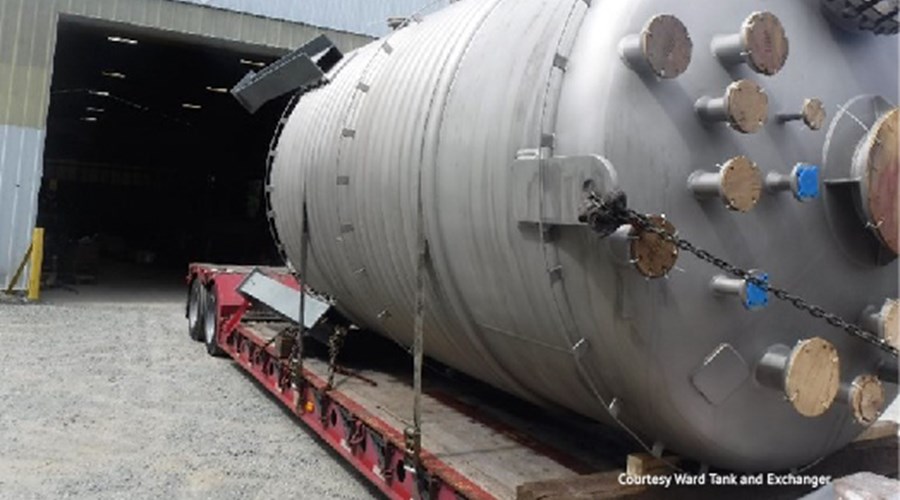Austenitische Legierungen der 300er Serie - Alle Kriterien prüfen
Brüssel, 6. September 2022: Die Auswahl von Werkstoffen für eine bestimmte Anwendung oder ein Prozesssystem ist komplex, es sei denn, man will etwas nur 1:1 nachbauen. Oft haben Ingenieure eine Checkliste, die ihnen dabei hilft, die Auswahl einzugrenzen und Gruppen von Materialien auszuschließen, die aus verschiedenen Gründen nicht geeignet sind. Austenitische nichtrostende Stähle der 300er-Reihe mit einem Nickelgehalt von 7-35 % erfüllen die meisten, wenn nicht sogar alle Kriterien, die für die Verwendung eines nichtrostenden Stahls erforderlich sind....
300 series austenitic alloys – Checking all the boxes
SEPTEMBER 06 - 2022
Materials selection for any piece of equipment or a process system is rarely a simple task, unless you are exactly replicating something successful. Often engineers will have a checklist to help them narrow down the choices, eliminating groups of materials that are not suitable for various reasons. Austenitic 300 series stainless steels containing 7-35% nickel will have most if not all of the boxes checked for being suitable where a stainless steel is desired.
Codes and standards
300 series alloys are in every stainless steel application standard, for pressure vessels, tanks, food and pharmaceutical equipment, structural use, etc.
Ductility
The 300 series alloys have outstanding ductility, which means outstanding formability. That is important in deep drawing and for producing complex shapes. As ductility decreases with increasing strength, the duplex grades have decreased formability, although still suitable for most forming operations.
Higher temperature properties
The strength of the austenitic structure shines compared to other families, especially in the creep strength temperature range. A major consideration though is how the properties will transform with time. Many stainless steel alloys become brittle in certain temperature ranges, but the higher nickel austenitic alloys are most often the best choice.
Corrosion resistance
There are many different 300 series alloys available for general and specific applications, ranging from the 18/8 versions to alloys that compete with some of the nickel alloys.
Recyclability
While all stainless steels are recyclable, the 300 series are more likely to be recycled because they have a higher inherent value at end-of-life.
Ambient temperature strength
300 series alloys have moderate strength, so specify dual certified grades 304/304L and 316/316L where necessary. These dual grade alloys often contain a small nitrogen addition, however the nitrogen-alloyed versions (e.g. 304N) are slightly stronger. If high strength is needed, consider a slightly cold-worked 300 series alloy or a duplex alloy. If no welding is involved and relatively low corrosion resistance needed, consider a greater cold worked 300 series alloy, or a martensitic or precipitation hardening stainless steel.
Low temperature properties
The wrought austenitic alloys remain tough (that is do not become brittle) down to very low temperatures, some even down to near absolute zero. All the other families have a much higher ductile-to-brittle transition temperature.
Weldability
Of all the families of stainless steels, the 300 series are the most commonly and most easily welded, maintaining their mechanical properties and corrosion resistance.
Availability
The 300 series are generally available in the most product forms, with more sizes, and thicknesses from foil to extremely thick.
Economics
There are many applications where the 300 series alloys have demonstrated they are the lowest overall cost.
While the other families of stainless steels have their applications, the 300 series, with nickel as a key ingredient, continue to be by far the most popular and most adaptable.
The Nickel Institute offers a free technical inquiry service to help you when using nickel - https://inquiries.nickelinstitute.org
Many publications for users and specifiers are also available free-of-charge on our website.
Of particular relevance is The Nickel Advantage, Nickel in Stainless Steels, available in English, French, Japanese and Chinese.


